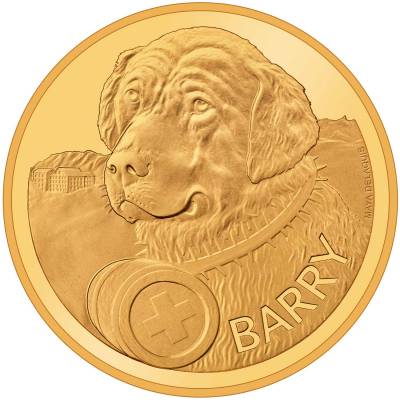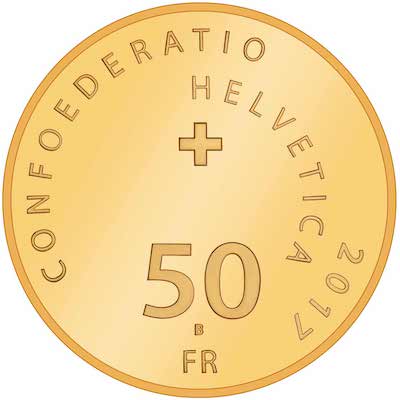
In 1812, a monastery employee traveled from his home high up in the mountains to bring an old and very tired Saint Bernard to the de facto capital of Switzerland, Berne.
The dog had been born the same year that Napoleon crossed the Swiss pass to enter Italy, 1800. In his storied life, the dog was said to have saved the lives of at least forty people – maybe even 100 – as they crossed the treacherous fifty-mile stretch on which the dog’s hospice-home was located. His heroism came in various forms, from leading a party of travelers through a whiteout, or tracking down a pilgrim buried under snow, to laying on top of frozen bodies, warming them back into consciousness. He never wore a cask of brandy around his neck as later depictions portrayed him, though he probably did wear a small saddle containing  bread and water strapped on his back.
bread and water strapped on his back.
His name was “Barry,” and a year after he died in 1814 at the age of fourteen, his poorly taxidermied body was put on exhibit at the Natural History Museum in Berne, Switzerland where it remains today.
In his honor, there has always been one dog kept at the Hospice who is named “Barry.”
In 2017, the Swiss Mint released a solitary gold coin on which one side is the same image that the Swiss Mint puts on virtually all of its precious metal commemorative issues: A simple set of concentric inscriptions that offers coin issue details with just a small Swiss cross in attendance. Struck in a little over eleven grams of 0.900 fineness gold, a maximum of 4,500 of these were struck. The reverse side celebrated the famous Saint Bernard with the classic (but inaccurate) barrel hanging around his neck and a view of the mountains in the background. His name was inscribed on the bottom with a small inscription of the artist’s name to the right of the coin.
We leave you with a short tale of the breed:
THE LOST CHILD
By Anon
A Short Story: Dog of St. Bernard
I
It was a clear, cold, winter night,
The heavens all brightly starred,
Where on Mount Bernard’s snowy height
The good monks kept their guard.
And round their hearth, that night, they told
To one who shelter craved,
How the brave dog, he thought so old,
Full forty lives had saved;
When, suddenly, with kindling eye,
Up sprang the old dog there,
As from afar a child’s shrill cry
Rung through the frosty air.
In haste the monks unbarred the door,
Rugs round the mastiffs threw;
And as they bounded forth once more,
Called, “Blessings be with you!”
II
They hurried headlong down the hill,
Past many a snow-wreath wild,
Until the older guide stood still
Beside a sleeping child.
He licked the little icy hand
With his rough, kindly tongue;
With his warm breath he gently fanned
The tresses fair and long.
The child looked up, with eyes of blue,
As if the whole he guessed;
His arms around the dog he threw,
And sunk again to rest.
Once more he woke, and wrapped him fast
In the warm covering sent;
The dogs then with their charge, at last,
Up the steep mountain went.
III
The fire glowed bright with heaped-up logs,
Each monk brought forth a light;
“Good dogs!” they cried, “good dogs, good dogs!
Whom bring you here to-night?”
In, with a joyous bound, they come–
The boy awoke and smiled:
“Ah me!” the stranger cried, “some home
Mourneth for thee, fair child!”
With morning light, the monks and boy
Sought where the village lay–
I dare not try to paint the joy
Their coming gave that day.
“If sweet,” the brethren said, “to see
Such gladness shed around,
What wondrous joy in Heaven must be,
When a lost child is found!”
